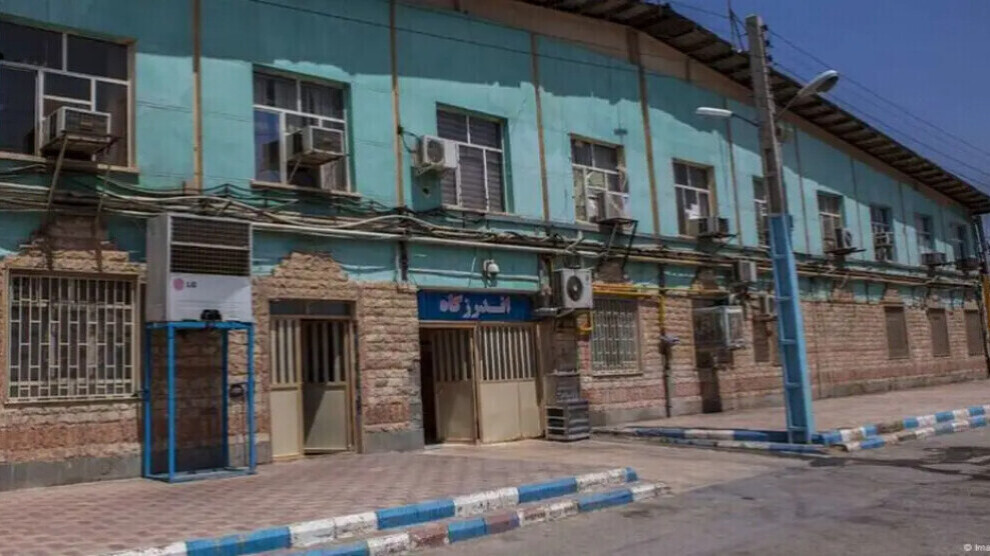What Is Happening in Qarchak Prison?
In Iran’s Qarchak Prison, two female prisoners have lost their lives within ten days due to untreated illnesses. In an environment where women detainees face torture every single day, it is impossible not to ask the question: “What is happening in Qarchak

BÊRÎVAN İNATÇÎ
Located southeast of Tehran, Qarchak Prison is one of Iran’s most notorious women’s prisons. Political prisoners, women activists, and dissidents are held here under harsh conditions. Constantly in the spotlight for human rights violations, Qarchak has once again drawn attention with these latest deaths.
Another method of silent execution
In recent weeks, political prisoner Somayeh Rashidi fell into a coma after being denied medical treatment and, following an 11-day struggle for her life, passed away. Before her, Sudabeh Asadi, imprisoned in Qarchak Prison in Varamin on financial charges, also died on September 15 after being denied treatment for her illnesses. These deaths show that the systematic denial of healthcare has turned into a form of “silent execution.”
Repression intensified after the ‘Jin, Jiyan, Azadî’ uprising
The climate of repression in Iran has worsened, especially after the “Jin, Jiyan, Azadî” (Woman, Life, Freedom) uprising. Sparked by the killing of Jina Amini and spreading from Eastern Kurdistan across Iran, the women’s freedom uprising led to harsher crackdowns on women and the public. While thousands poured into the streets with slogans of freedom, the Iranian state sought to suppress the movement with arrests and detentions. Prisons became overcrowded; women and youth were systematically targeted. Qarchak Prison became the most visible symbol of these policies.
Solitary confinement and torture of women prisoners
Women in Qarchak face mistreatment, violence, and solitary confinement. Their visitation rights are restricted, phone calls are limited, and ties with their families and lawyers are cut off. Many women are forced to live under the constant pressure and threats of guards. The denial of healthcare directly targets their right to life.
A tool to suppress the women’s freedom movement
International human rights organizations have repeatedly published reports on Qarchak Prison. Amnesty International and Human Rights Watch have described conditions in the prison as “inhumane” and “harsh.” Yet despite all these calls, the Iranian regime has not backed down from its policies of repression. In the eyes of the regime, Qarchak is not merely a prison; it is a tool to suppress the women-led freedom movement.
The uprising continues: the cry for freedom inside prisons
Despite all the violence of the Iranian state’s male-dominated system, the women prisoners of Qarchak continue to resist. Today, the voice rising from Qarchak is not only that of Somayeh Rashidi but of all imprisoned women. It shows that the demands for freedom, shouted in the streets during the “Jin, Jiyan, Azadî” uprising, continue behind prison walls. The Iranian regime thinks it can silence society by increasing repression, but each death and each act of resistance is a reminder of why the cry for freedom resounds so powerfully in Qarchak.
In a system where the male-dominated state seeks to restrict women’s freedom, the reality of women being left to die in prisons makes women’s solidarity all the more essential. For this reason, the question women must ask is this: What is happening in these prisons that have been turned into torture chambers?
